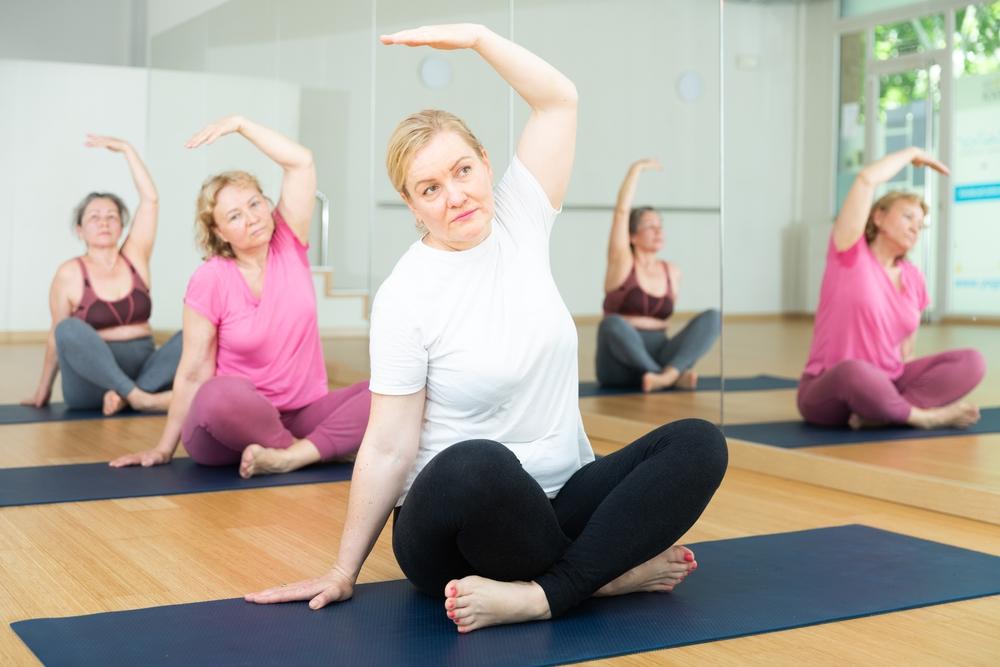Signs of sciatic nerve pain are feelings of numbness or tingling that begins in the lower back region, goes through the buttocks, and runs down the leg, following the path of the sciatic nerve.
Sciatic nerve pain is a symptom of an underlying condition that affects the sciatic nerve. Conditions that can lead to sciatic nerve pain are a lumbar herniated disc, degenerative disc disease, and spinal stenosis.Fortunately, physical therapy and exercises can help relive sciatic nerve pain and improve the condition by increasing strength and flexibility.





